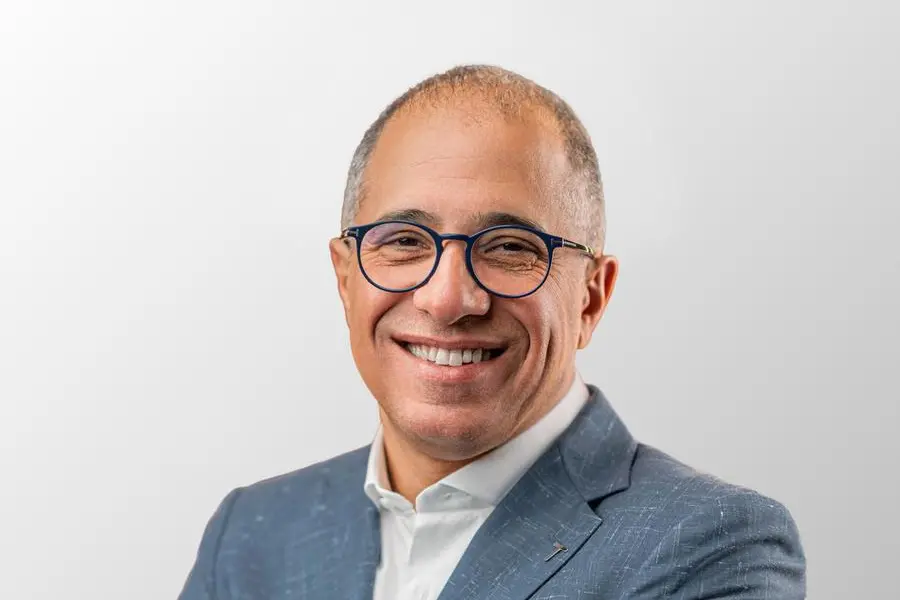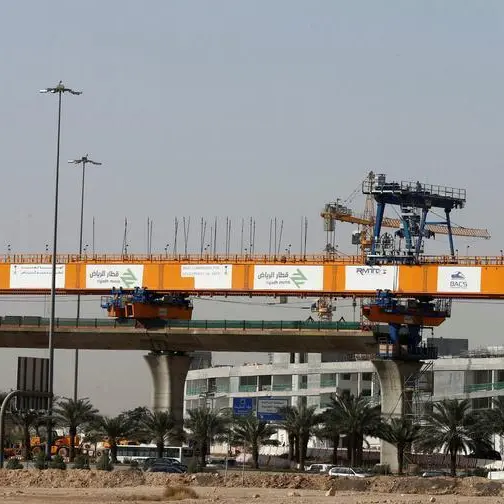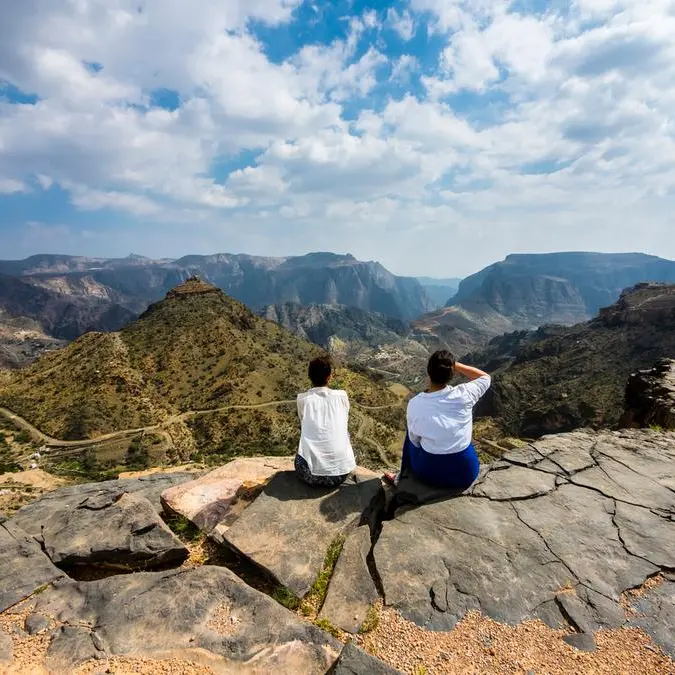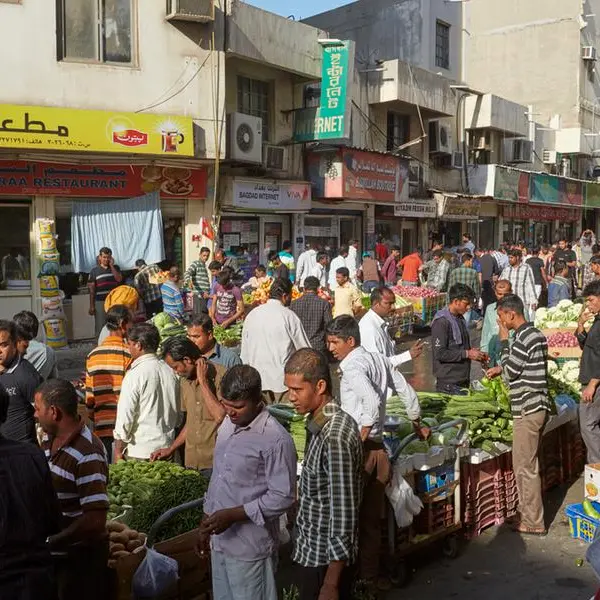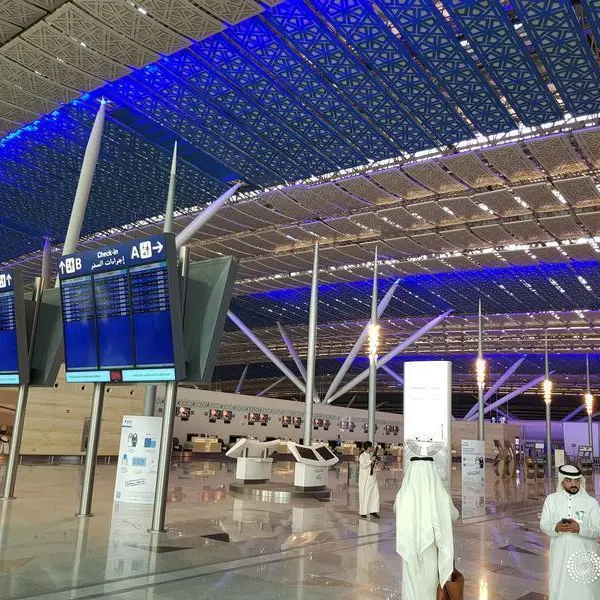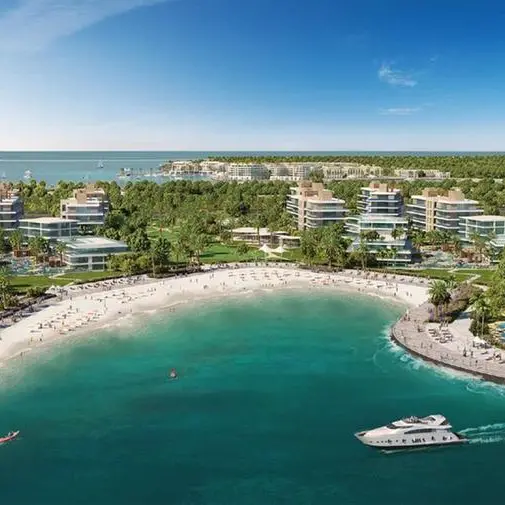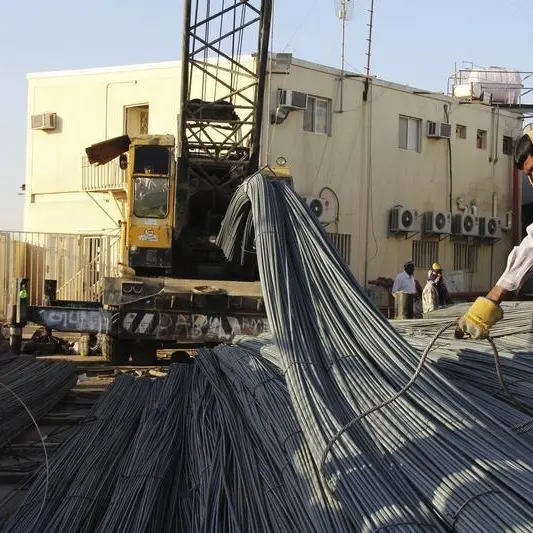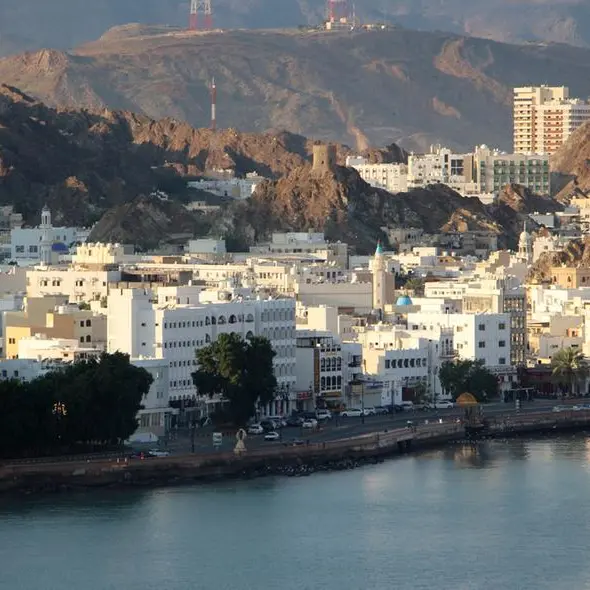PHOTO
Tatweer Misr, since its establishment in 2014, has positioned itself as a leading sustainable and responsible developer in Egypt's dynamic real estate market.
"Since inception, our primary goal has been to foster the development of sustainable, smart and happy communities in Egypt," the company's CEO and managing director Ahmed Shalaby told Zawya Projects.
The company's strategy, he explained, revolves around two key pillars: a holistic life cycle perspective from design and construction to operation and management and robust data-sharing mechanisms.
"From the outset, our projects are designed to be sustainable and smart, emphasising natural lighting, ventilation, and energy-saving features. Additionally, we implemented a comprehensive data sharing system across all departments to enhance real-time monitoring and visibility."
The company has incorporated smart infrastructure, including meters, lighting, irrigation systems, and transformers, in its projects through partnerships with global companies.
The overarching objective has been to develop a multi-layered approach to creating smart and sustainable communities that promote efficient energy and water usage, according to Shalaby.
"Our in-house data indicates that a 50 percent increase in efficiency can result in up to 40 percent cost savings in facility bills for our clients," he said.
In the absence of specific regulations, Tatweer Misr independently pursued sustainability initiatives, recognising the importance of proactive measures. The company also engaged in policy advocacy through organisations like Chapter Zero Egypt and the Africa Business Leaders Coalition, aiming to influence regulations and incentives for green solutions.
"I believe that if each sector focuses on its contribution, we can collectively achieve a sustainable future for our planet."
Excerpts from the interview
Without specific green building regulations or mandates in Egypt, what motivated Tatweer Misr to incorporate energy and water-saving technologies in its projects? How did you find the suppliers and vendors for these systems?
In the absence of specific regulations in Egypt, our company took the initiative to implement sustainable practices independently, supported by key international partners such as Schneider Electric, renowned for its global advocacy of sustainability. With their help in terms of software and hardware, we were able to establish the foundational layer on which everything else could be built. By integrating smart infrastructure and networks and utilising software tools such as EcoStruxure, iTWO, and Aveva, we have established a comprehensive platform that supports us across the entire project lifecycle, from initial design to operation and management.
We have partnered with Elsewedy Electric to install smart cables, transformers, and meters and with IBM for MAXIMO asset management software. Hunter is assisting us in implementing smart irrigation systems.
Through collaboration with local and international partners, we have pioneered a comprehensive, smart and sustainable development model, which marks a world first for any private sector developer. Our partners actively supported this endeavour, recognising the critical need for seamless integration between different applications. This interoperability is a cornerstone of our model.
Joining the UN Global Compact and COP27 in Sharm El-Sheikh in 2022 was a turning point for us. We got to understand the processes and frameworks that underpin sustainable development. As an architect and professor specialising in architecture and urban development, I grasp sustainability from a technical perspective. However, COP27 highlighted the importance of also understanding sustainability through accreditation, reporting, and measurement and monitoring processes.
We prepared a GHG emissions report for COP27, covering our company and the Monte Galala project. This helped us understand reporting procedures and establish future targets, such as reducing carbon emissions by 4.2 percent annually within the company and across our developments over the next decade.
That's a firm commitment....
We aim to surpass the 4.2 percent annual target in our new office building, which is being equipped with Schneider Electric's EcoStruxure solution for optimised energy management. We anticipate to complete the relocation by the end of this year.
Making green solutions affordable is a significant hurdle. How have you approached this challenge?
We realise it is a challenging task, so we have started participating in different public initiatives that will help with policy advocacy. Government regulations and incentives are crucial, so we were happy to join the UN Global Compact. In 2022, Tatweer Misr became a founding member of Chapter Zero Egypt, a public entity dedicated to raising awareness for sustainability and advocating for policy changes.
In 2023, Tatweer Misr was invited to join the Africa Business Leaders Coalition under the umbrella of the UN Global Compact. We were happy to do so because it allows us to work with fellow African companies and do policy advocacy all over the continent.
In the future, we need incentives to address two key areas: green materials in construction and renewable energy. Both are essential but costly. We need regulations approving the use of green materials and financial encouragement that make these investments feasible.
At COP28, with the UN Global Compact, we announced a new initiative in Egypt called BEST or Built Environment Sustainable Transition. I am honoured to serve on its advisory board.
BEST is dedicated to creating awareness and standards for sustainable transitions in Egypt. USGBC [US Green Building Council], known for developing the LEED green building certification program and also part of the BEST advisory board, will collaborate with the Egyptian government to create green building standards tailored to the Egyptian market, incorporating LEED principles. BEST will invite developers, contractors and building material manufacturers to join the initiative. Through this collaborative partnership's combined efforts and actions, we hope to lead the real estate sector towards sustainable development.
Could you highlight the main projects where you have used hardware and software technology to drive sustainable development?
Out of our six projects, we are integrating sustainability features into three specific ones: El Monte Galala in Ain Sokhna, Fouka Bay on the North Coast, and Bloomfields in Mostakbal City near the New Administrative Capital. These projects incorporate all the sustainability elements I previously discussed.
We are discussing with Schneider Electric about collaborating on our sustainability reporting and measurements to quantify the savings achieved in our facility management bills.
So, what's next? Will it be a GHG emissions report or a sustainability report?
Following COP27, we recognised the urgency of taking action, leading us to establish a dedicated sustainability unit within our company. We're collaborating with two consultants to develop sustainability reports, craft a comprehensive ESG strategy, and implement regular GHG emissions reporting to ensure transparency and accountability.
While it is for the leadership to define the vision, they must also create capacity within the organisation to implement it. We're actively engaging our entire team – from executives to all levels – through awareness campaigns and encouraging participation in workshops hosted by the UN Global Compact, Chapter Zero, and the Africa Business Leaders Coalition.
Through our continuous engagements with these impactful organisations, we learned that by 2030, bank loans will become expensive for companies not meeting sustainability standards. I constantly urge my fellow CEOs to start preparing now – it's a journey, not a quick fix. We began in 2022 and continue to push, aiming for 2030 readiness.
How informed or aware are the financial institutions about sustainability?
While awareness and activity vary, some institutions are taking significant strides. For example, in Egypt, the Commercial International Bank (CIB) actively supports EDGE (Excellence in Design for Greater Efficiencies) reporting, an IFC-developed software application and certification system for green buildings, and green finance initiatives. Many institutions are developing sustainability frameworks and processes to be prepared for 2030.
Among the things we learned at COP28 was the underutilisation of green finance. In Egypt, green funding in foreign currency poses a hedging challenge due to currency devaluation. However, I view this as a temporary issue.
We need more robust, open channels between developers and financial institutions to refine green financing mechanisms. We all are in the same boat. We can reach our common goals much faster by collaborating and sharing knowledge.
That's why I encourage all private sector companies to participate in COP meetings. At the recent COP 28 in Dubai, I engaged in three sessions to learn and share ideas
As an architect and developer, what is your view of the evolution of urban development in Egypt?
As someone who has witnessed Egypt's urban development for decades, I'm excited by the transformative movement of the last ten years. Egypt began developing new cities in 1979, establishing 24 cities in that phase. Ten years ago, the government announced its plans to build 37 fourth-generation smart and sustainable cities. Work is underway in 24 cities, with the rest under study. These new cities, like the New Administrative Capital (NAC) and New Alamein, are differentiated in terms of modernisation and architectural style. Egypt is seeing iconic high-rises for the first time, with some even ranking among the tallest in Africa. Moreover, a growing and competitive private sector is fueling new architectural directions. So, I think this is an important transition in Egypt's urban planning approach.
Green buildings, sustainable and intelligent developments, high-rises, and towers signify a new phase for Egyptian architecture and urban development. This allows the country to hold its position in the new global era by preserving its historical essence while showcasing its modern aspirations.
The second most important transformation is in transportation and connectivity. The government understands that a growing population of over 100 million needs efficient transportation solutions. Consequently, it is heavily investing in public transit, including underground metro networks in Cairo, high-speed trains connecting the Red Sea to the Mediterranean, and a monorail linking Cairo's east and west, including the NAC.
Egypt's road network is also seeing significant improvements. Our global ranking for road quality has improved dramatically [moving from 118 in 2014 to 28 in 2022, according to World Economic Forum]. I always tell my colleagues in Riyadh and Dubai that we have a better road network. I spend less time in traffic during rush hours in Egypt than in Riyadh or Dubai.
However, an area that needs urgent transformation is construction technology. As an industry, we need to adopt green construction materials and practices. For that to happen, we need the private sector, the government and the NGOs to act together to put proper regulations and incentives in place.
(Reporting by Anoop Menon; Editing by Dennis Daniel)
(anoop.menon@lseg.com)
Subscribe to our Projects' PULSE newsletter that brings you trustworthy news, updates and insights on project activities, developments, and partnerships across sectors in the Middle East and Africa.
